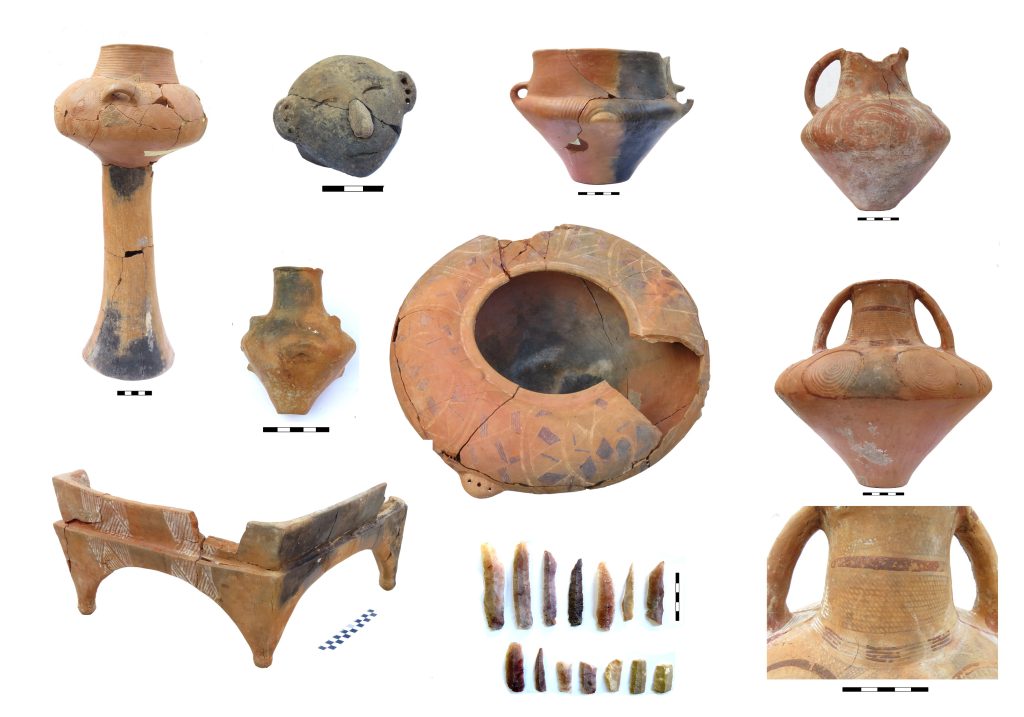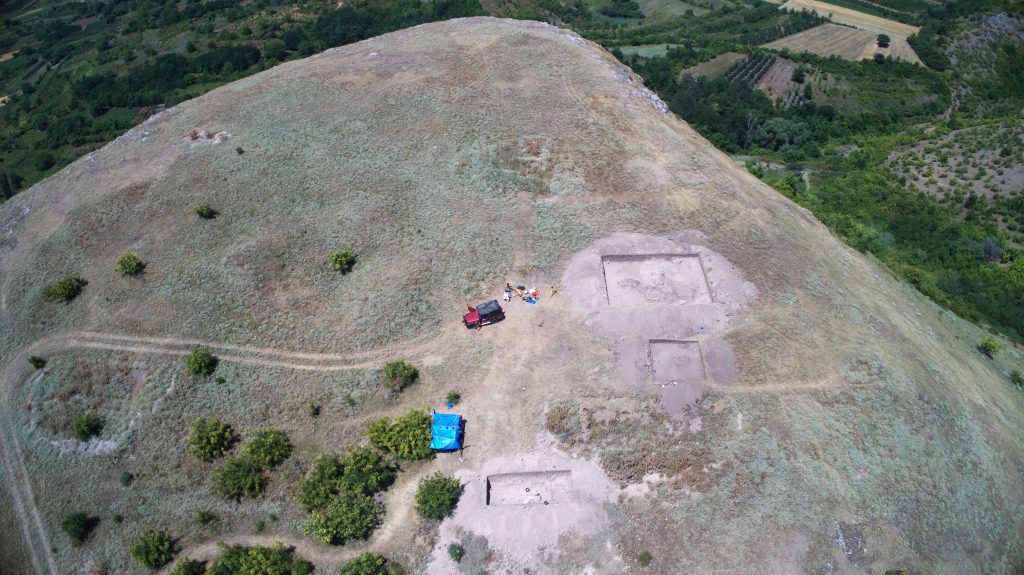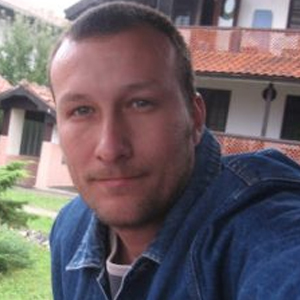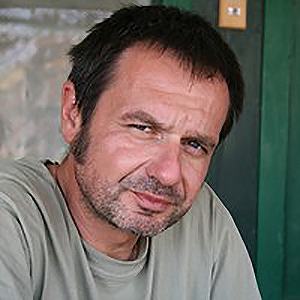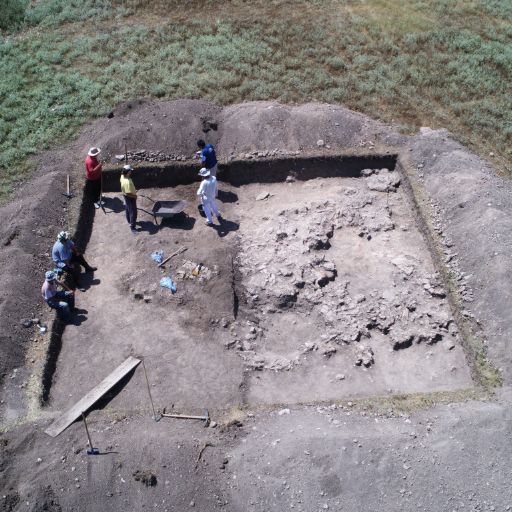
VELIKA HUMSKA ČUKA
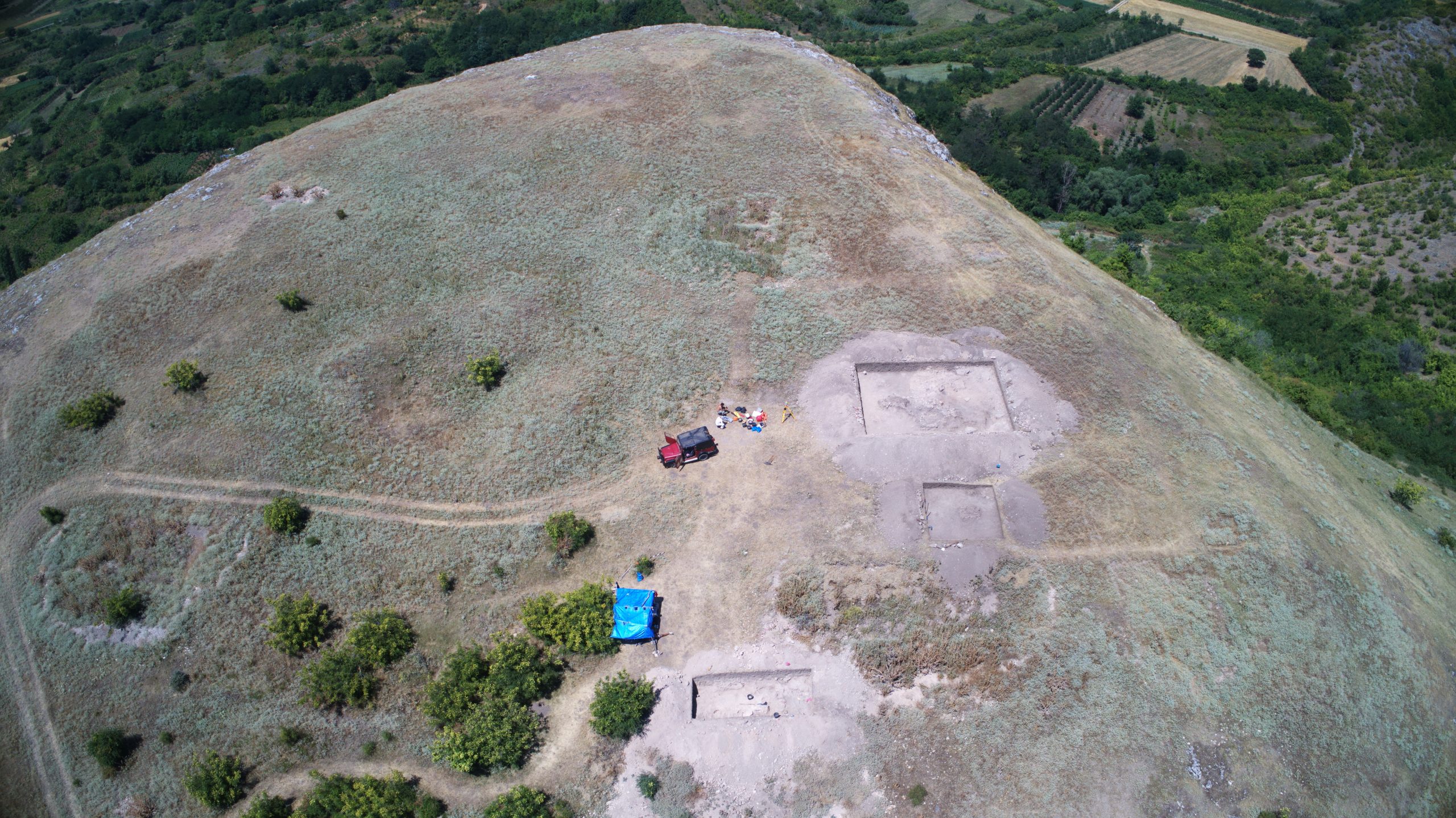
Project name: Archaeological research at the Velika humska čuka site near Niš
Project director: Dr. Aleksandar Bulatović
Team members: Aleksandar Kapuran, PhD, Ognjen Mladenović, MA, Petar Milojević, MA, Dragan Milanović, PhD (Institute of Archaeology, Belgrade) and Tanja Trajković Filipović (National Museum of Niš)
Collaborations: National Museum Niš
Velika humska čuka is a multi-layered prehistoric and classically fortified settlement on a level plateau at an altitude of 435-440 m, protected by the state as a site of great importance. Recent excavations have been conducted on all parts of the plateau and in the north-eastern foothills. New research aims to define the site’s stratigraphy and to clarify the cultural-chronological issues from previous research. During the 2020 campaign, the entire plateau was recorded using the geomagnetic prospection method. Early Eneolithic houses were built above ground with a rectangular base and are associated with numerous finds from the Bubanj Hum I group. During the excavation, all phases of the Eneolithic, Bronze and Iron Ages, and Late Antiquity have been documented.
Velika humska čuka is located on the north-eastern outskirts of Hum, about 8 km north of Niš. It is a multi-layered prehistoric and classically fortified settlement on a level plateau at an altitude of 435-440 m, with a Roman/medieval cemetery at the foot. The site is protected by the state as a site of great importance.
Except for the northern side, which connects the plateau to the nearby Mala humska čuka site in the lower area, all sides of the site are very steep and difficult to access. The elevation of the plateau’s highest point is about 120 m above the Humska riverbank (333 m).
The site has visual contact with the well-known contemporary settlement of Bubanj, at a distance of about 8.5 km, and with the Kremenac site, which is about 2.5 km away. Immediately below the plateau, on its western side, at an approximately 400 m elevation, three small caves have been registered but have yet to be excavated.
According to the plan published in 1959, the first excavations in the 1930s were located in the plateau’s centre and eastern edge. In 1956, excavations were focused on the central part of the plateau. The most recent excavations, which started in 2009, have been conducted on all parts of the plateau and in the north-eastern foothills of the site.
New research aims to define the site’s stratigraphy and clarify the cultural-chronological issues from previous research. Another critical aspect of the project is a multidisciplinary effort to examine the site from a microregional context, analyse the characteristics of the mobile finds, and define the economic strategy in different periods of prehistory. During the 2020 campaign, the entire plateau was recorded using the geomagnetic prospection method.
The oldest, Early Eneolithic layer on the site is also the most preserved prehistoric layer, resting on the bedrock, which is one of the reasons it was the least destroyed by human activities in recent periods.
Early Eneolithic houses were built above ground with a rectangular base of 3.5 x 5 m, oriented in a N-S direction. They are associated with numerous finds from the Bubanj Hum I group. The houses are dated from the 45th to the middle of the 43rd century B.C., while the youngest phase is dated to the 40th/39th century B.C.
A copper chisel discovered in the ruins of a house and a fragment of cinnabarine pottery representing a lady in motion, both dated to the 44th century B.C., are the most noteworthy artifacts from the site to date.
During the excavation of the site, all phases of the Eneolithic, Bronze and Iron Ages, and Late Antiquity have been documented in great detail.
Selected bibliography:
Bulatović, A. Milanović, D. 2021. The cultural and chronological context of sites of Bubanj and Velika Humska Čuka near Niš (southeastern Serbia) and their significance for understanding the emergence and development of the Central Balkans eneolithic. Циркумпонтика/Circumpontics 2021/ Nо. 5, серия История и политические науки, Вестник Московского государственного областного университета, Москва: 36-64.
Bulatović, A. Gori, M. Vander Linden M. 2020. Radiocarbon Dating the 3rd Millennium BC in the Central Balkans: a re-examination of the Early Bronze Age sequence. Radiocarbon Vol. 62, Nr 5: 1163-1191.
Bulatović, A. Bankoff, H. A. Powell, W. Filipović, V. 2020. Some remarks on the genesis of the early Eneolithic in the Central Balkans. Старинар 70: 9-40.
Bulatović, A. Gori, M. Vander Linden, M. 2018. New АМЅ dates as a contribution to the absolute chronology of the Early Eneolithic in the central Balkans. Старинар н.с. LXVIII: 19-32.
Булатовић, А. Милановић, Д. 2015. Велика хумска чука, истраживања 2009. године – прилог проучавању стратиграфије енеолита и бронзаног доба у југоисточној Србији. Гласник Српског археолошког друштва 30: 163-188.
Булатовић А. Станковски, Ј. 2012. Бронзано доба у басену Јужне Мораве и у долини Пчиње. Aрхеолошки институт, Београд-НУ. Музеј, Куманово.
Bulatović, А. 2011. Relations between Cultural groups in the Early Bronze Age in South-eastern Serbia, Western Bulgaria and North-eastern Macedonia. Archaeologia Bulgarica XV, 2 (2011): 81-94.
Гарашанин, M. 1973. Праисторија на тлу СР Србије, I том, Београд: Српска књижевна задруга.
Garašanin, M. 1979. Centralnobalkanska zona, u: Benac A. (ur.), PJZ II, Sarajevo: 79 – 212.
Garašanin, М. 1986. O utvrđenjima i odbrambenim sistemima u jugoslovenskom delu centralnobalkanske regije.Odbrambeni sistemi u praistoriji i antici na tlu Jugoslavije, Materijali XXII. Novi Sad: Savez arheoloških društava Jugoslavije, Arheološko društvo Vojvodine.
Гарашанин, M. Гарашанин, Д. 1951. Археолошка налазишта у Србији, Београд: Просвета.
Гарашанин, M. Гарашанин, Д., 1959. Нова ископавања на Великој Хумској Чуки код Ниша. Старинар 9-10: 243-254.
Гарашанин, M. Ђурић, Н. 1983. Бубањ и Велика хумска чука, Ниш: Народни музеј Ниш.
Грбић, М. 1934. Извештај, Годишњак Српске Краљевске Академије XI, III: 245-246.Fewkes, V. 1936. Archaeological reconnaissance in Yugoslavia, season 1933. Bulletin of the American school of prehistoric research: 31.





